BLOG #133 2/9/2016

How does one prepare for a portrait shoot and how does one then edit it?
Here is one of my experiences.
The talented, sought-after Broadway and television actor, Michael Cerveris, was scheduled to spend a half day with me in my studio where we were to work together to do an interview, make “improv” images for my book with Owen Edwards and Beverly Ornstein “CAUGHT IN THE ACT: Actors Acting,” and then create a portrait.
I have two main reasons for conducting an interview prior to making portrait photographs.
First, I am profoundly curious about people, especially those who are highly accomplished. The curiosity runs so deep that I have to discipline myself not to spend too much time interviewing and leaving too little time to make images. I wonder and ask about creativity, imagination, and how, in the case of actors, using body and voice, does one make up something only from ink on paper.
Second, I want to create a sense of mutual trust and comfort in order to be able to make revealing and truthful portraits, vs. vanity images. Ideally, a successful interview will expose my sincere interest in the subject and leave me on the periphery. In most cases, the person being interviewed understands that I am genuinely interested in them personally, and will, I hope, come to trust that I will make pictures that will not reveal them negatively, not make fun of them—often a concern of those in the public’s eye.
Before every portrait session, I search to find as many existing pictures of the subject as I can, so that I don’t repeat what’s been done before. In the case of successful actors such as Michael Cerveris, there are usually a great many images that have been made and published. Then, using my imagination and many notes and images I have in my files, I conjure up about ten or so ideas that have not been done before, that are, for the subject, original. But that’s in theory. In practice, I sometimes don’t get beyond my first idea, since it evolves and takes me and the subject into places I hadn’t originally anticipated. One thing leads to another, and then another.
Cerveris, being very bright, thoughtful, and quite open, gave a compelling interview (pages 221-222 in the book) about his work of imagining and creating characters for the stage. It was informative and rich, and I felt that if the shoot failed I’d still come away from this experience with a great deal of understanding about the life of a truly creative human being. As it turned out, the photographic work that followed was equally fruitful.
These are the images we made form the “Acting” session; I had prepared, with my co-authors, about 25 different “roles,” and delivered them one by one as directions to Cerveris.
Spontaneously, with fervent energy, he became the characters.
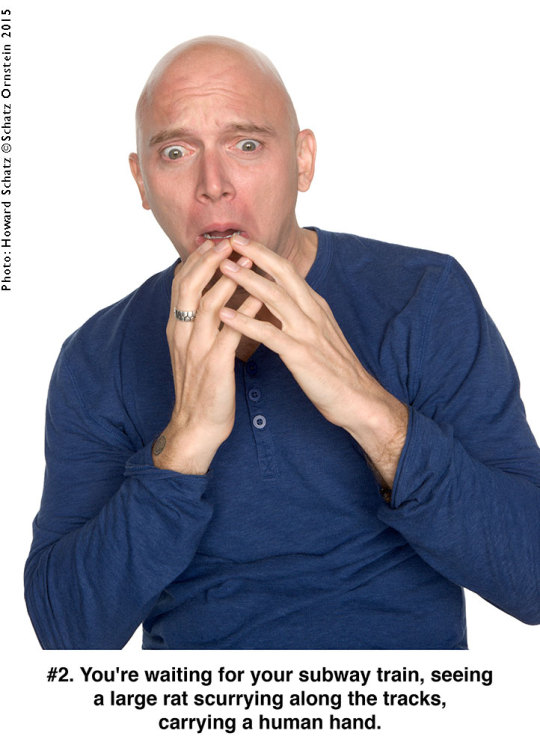
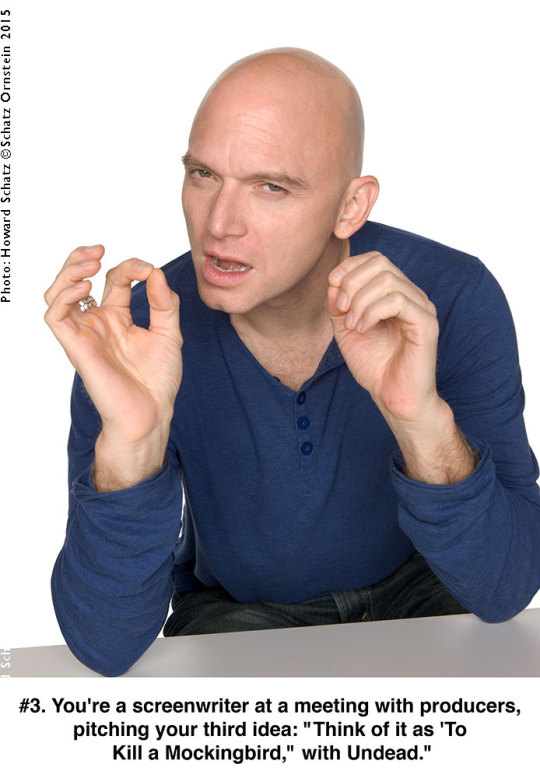
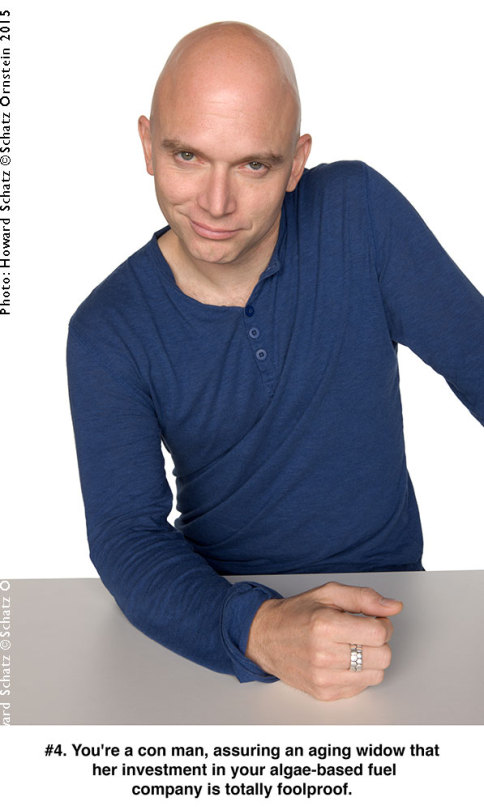
And then, after the “acting” portion of our session I was ready to tackle the portrait.
Now, my main reason for writing this note has to do with editing.
This particular session, on this particular day, with this particular, gifted actor, resulted in so many wonderful portraits that I had an almost impossible time editing. We needed to choose one for the portrait in the book, but these four are still spinning around in my head a couple of years later. Might you have one that you think stands out from the others? And other than “I just feel it” (a perfectly valid response, of course), might you have a reason?
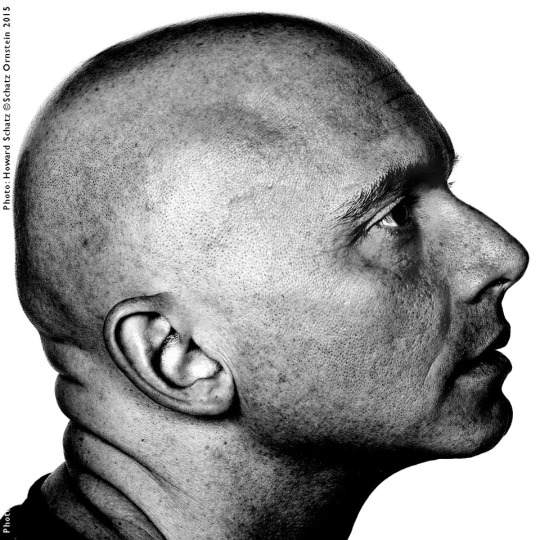

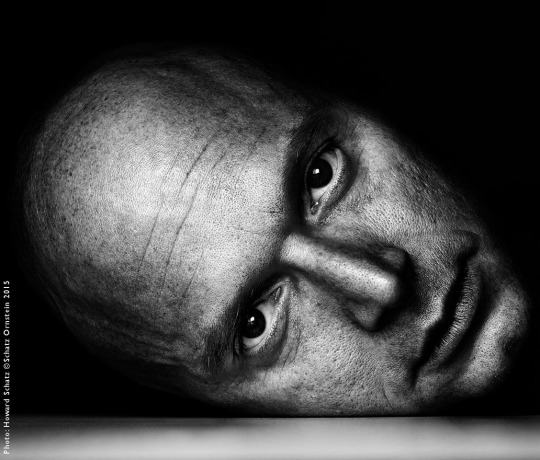
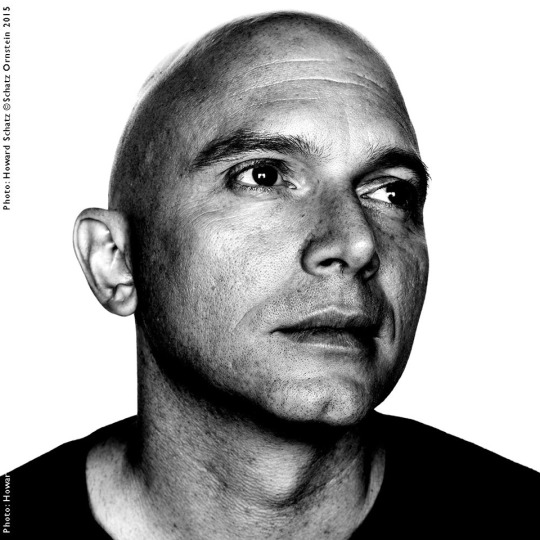
To view more of my work, visit my website.
I am teaching a 4-day workshop the Palm Springs Photo Festival this Spring (end of April). The workshop is called: “THE INSPIRED EYE: Experimentation, Exploration & Discovery: A Search for the Unexpected.” http://2016.palmspringsphotofestival.com/project/howard-schatz/
